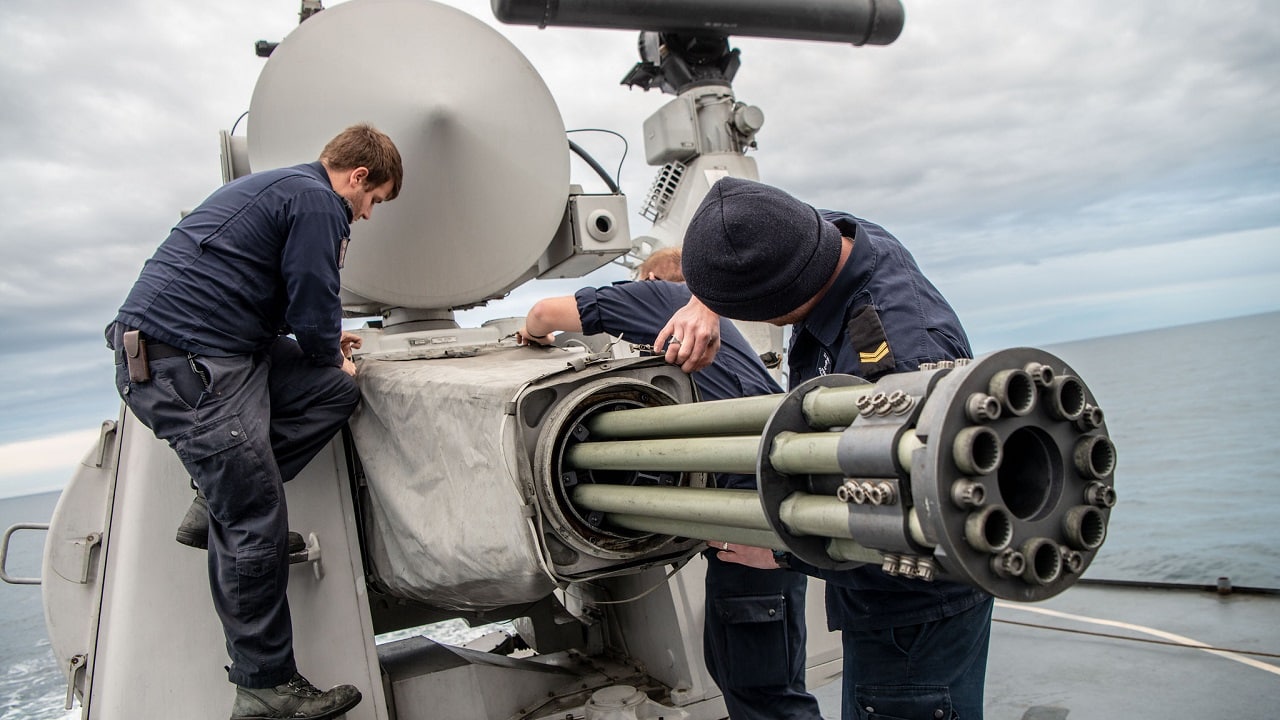Back in July, Finland – along with Scandinavian neighbor Sweden – decided to take the plunge into joining NATO, which put the kibosh on Vladimir Putin’s hopes for halting NATO expansion and possibly even compelling a rollback to pre-1998 levels. Having written pieces for 19FortyFive on the past and present capabilities of the Finnish Army (Maavoimat), an assessment of Finland’s Navy is now in order. Just as Poland is the NATO member in the most geographically advantageous position to check would-be Russian aggression in the southern half of the Baltic Sea, Finland is the nation within prime geographical position to respond to a Russian attack in the northern half of the Baltic.
Manpower and Organizational Structure
The Finnish Navy – officially known as the Suomen Merivoimat – was founded in 1918. The Merivoimat’s English language website lists “three statutory tasks related to the military defence of Finland: the surveillance of our territorial waters, repelling of territorial violations and maritime attacks, and protecting sea lines of communication.”
Somewhat analogous to Israel’s requirement of its citizens to serve in the Israeli Defence Forces due to its history of dealing with hostile neighbors, Finland’s history of run-ins with Russia are the primary motivating factor behind the Scandinavian nation’s own mandatory conscription policy (even if the Finnish government won’t publicly admit this).
According to figures provided by European Security & Defence, as of the end of 2019, there were 3,200 such conscripts serving in the Finnish Navy; only 20 percent of these conscripts actually serve on shipboard duty, as the majority of these draftees are assigned to coastal defense duties. When it comes to the professional career cadre of the Merivoimat, that same ES&D report indicates a 2019 end-strength of 1,212 uniformed servicemembers – 471 commissioned officers, 218 warrant officers and 523 petty officers – and 203 civilian personnel.
Navy Command is headquartered in the southwestern coastal city of Turku and falls under the leadership of Kontra-amiraali (Rear Admiral) Harju Jori, who earned his commission in 1986, one year after completing his conscript obligation. From there, the service is divided into Coastal Fleet – which comprises all the operational combat vessels and auxiliaries – the Coastal Brigade, the Nyland Brigade, and the Naval Academy.
Vessels and Equipment
The Seaforces-online website indicates the following numbers for the Finnish fleet: two Turunmaa-class corvettes, two Uusimaa (Soviet Project 50 / Riga) class frigates, one Matti Kurki (formerly UK Royal Navy Bay-class) frigate, four missile-bearing Hamina-class fast attack craft, and 15 patrol craft of various types. No submarines are in the arsenal, nor are any naval aviation assets listed. Meanwhile, four new Pohjanmaa-class corvettes – the centerpiece of the Finnish Navy’s Squadron 2020 program – are slated to be commissioned sometime in 2028; among other features, Pohjanmaas will incorporate state-of-the-art CBRN (chemical, biological, radiological, and nuclear) monitoring systems.
How good are the vessels? A Finnish military reservist and blogger with the username “Corporal Frisk” provides some local national perspectives via an article titled “Outstanding Ships of the Finnish Navy”:
“The Hämeenmaa-class consists of two vessel[s], which at a displacement of 1 300 t[ons] currently holds the distinction of being the largest ships in the navy. Both have been extensively upgraded roughly a decade ago, and features modern facilities, meaning they are as adapt at hunting pirates in the Indian Ocean as they are laying mines in the Gulf of Finland … The Hamina-class fast attack crafts are for the navy what the F-18 Hornets are for the air force: they are fast, sleek, deadly … and expensive. The class represents the cutting edge of modern light surface combatants, equipped with some of the best sensors and armaments available.”
The Hamina-class ships in particular are being modernized via the Mid-Life Upgrade (MLU) program, which is intended to extend the life of the craft through 2030. According to the Naval News staff, these upgrades include BAE Systems Bofors 40 Mk4 40mm main gun (replacing the 57mm Mk3); IAI Gabriel V anti-ship missile; Saab Torpedo 47; Saab trackfire remote weapon stations; Saab 9LV combat management system; and the Kongsberg ST2400 variable depth sonar.
Fit to Fight the Russians?
The Merivoimat may be small in number but has no shortage of motivation or discipline. Given Finland’s history of giving the Russians a bloody nose, there is little double that if Putin were to initiate WWIII, the Finnish Navy sailors and ships, just like their Army brethren, would punch well above their weight.
Christian D. Orr is a former Air Force Security Forces officer, Federal law enforcement officer, and private military contractor (with assignments worked in Iraq, the United Arab Emirates, Kosovo, Japan, Germany, and the Pentagon). Chris holds a B.A. in International Relations from the University of Southern California (USC) and an M.A. in Intelligence Studies (concentration in Terrorism Studies) from American Military University (AMU). He has also been published in The Daily Torch and The Journal of Intelligence and Cyber Security. Last but not least, he is a Companion of the Order of the Naval Order of the United States (NOUS). In his spare time, he enjoys shooting, dining out, cigars, Irish and British pubs, travel, USC Trojans college football, and Washington DC professional sports.

